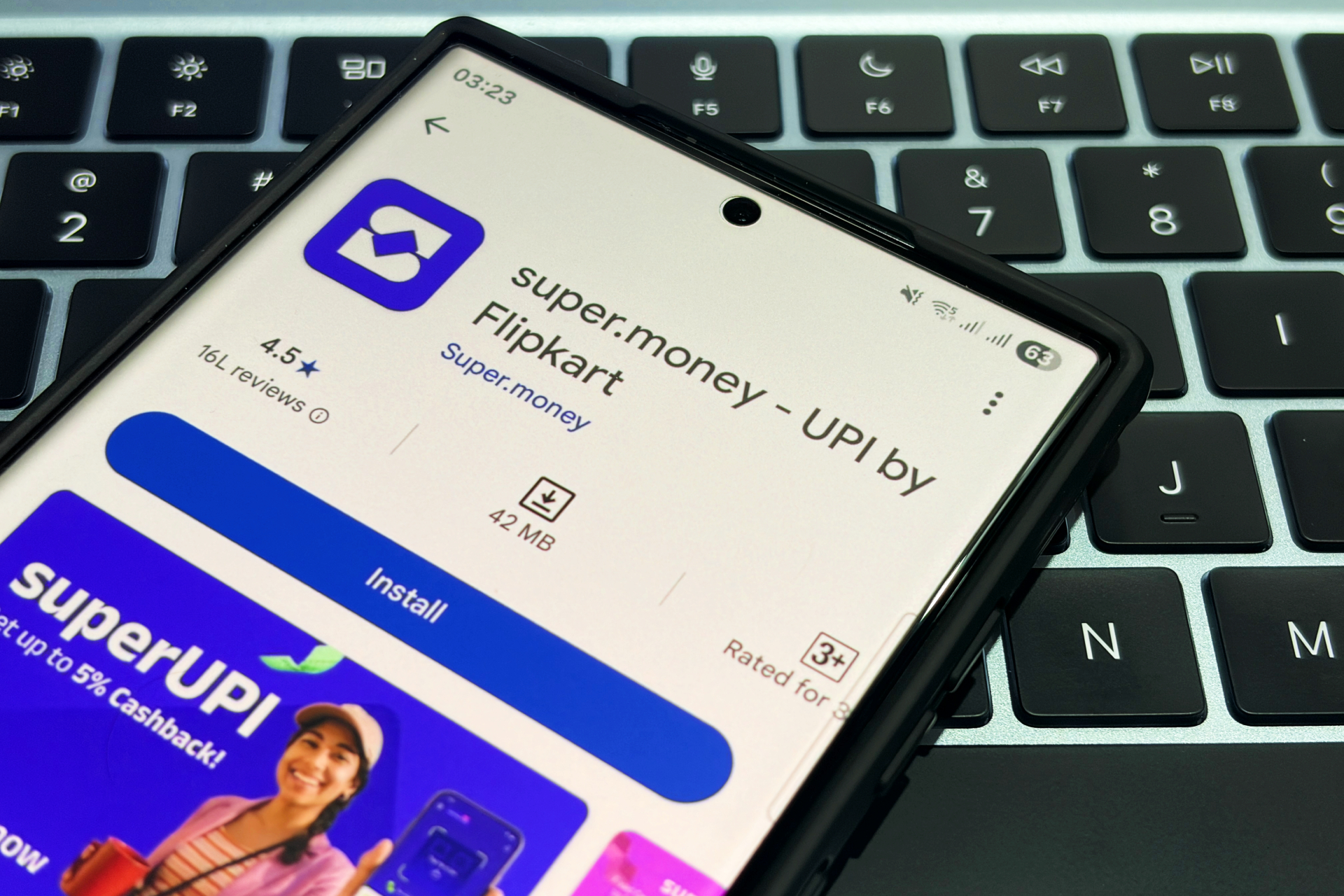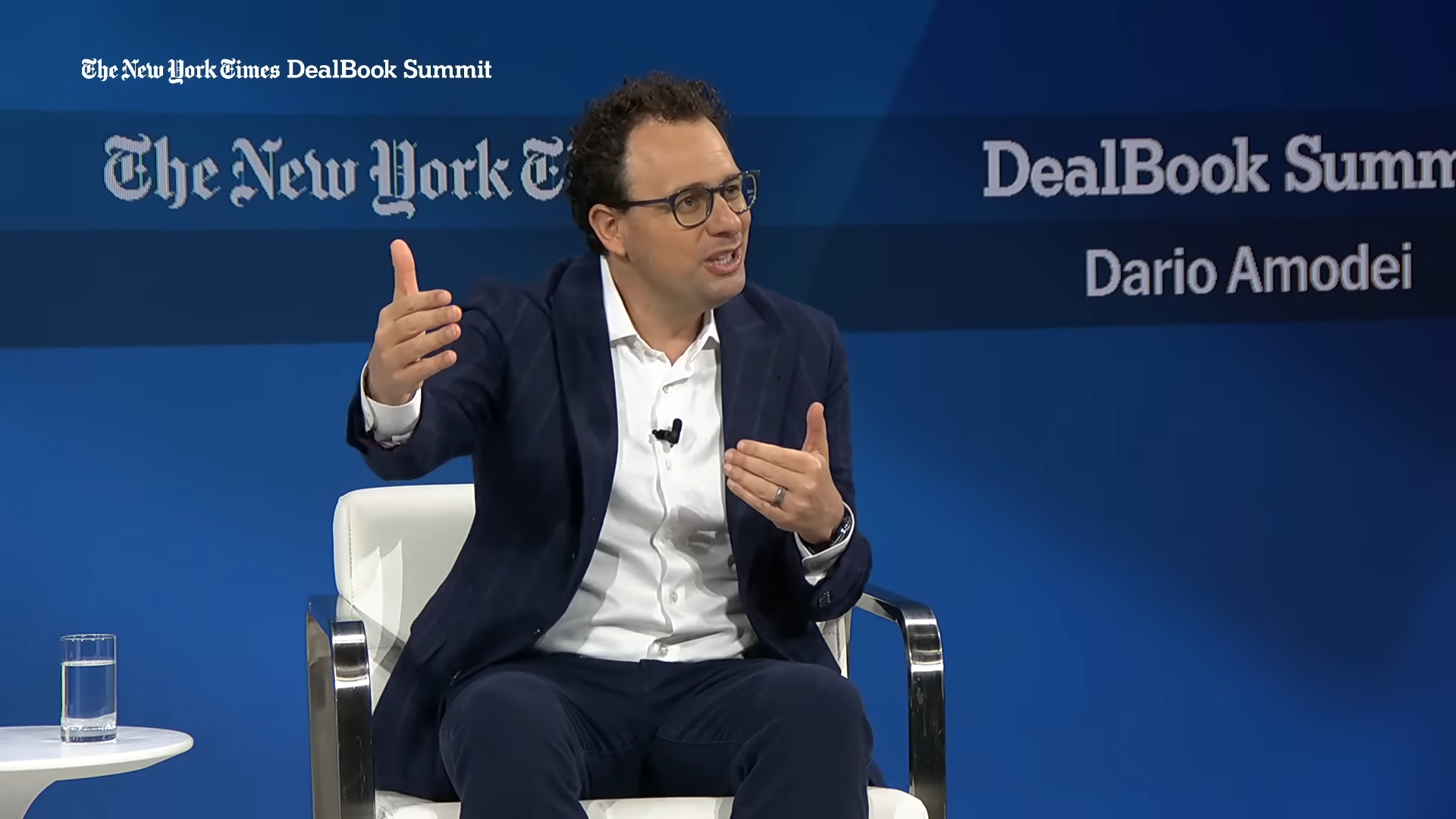
In a significant strategic move poised to redefine the financial technology landscape of India, Super.money, the burgeoning fintech arm of e-commerce giant Flipkart, has forged a pivotal alliance with Kotak Mahindra Bank, one of India’s leading private sector lenders. This collaboration marks a concerted effort to unlock new avenues of profitability within India’s immensely popular yet largely free Unified Payments Interface (UPI) ecosystem. By bundling UPI functionalities with savings accounts and secured credit offerings, the partnership aims to convert widespread digital payment usage into a sustainable and lucrative financial services model, particularly targeting millions of first-time credit consumers.
The Strategic Vision: Bridging Payments and Credit
The cornerstone of this ambitious partnership is the introduction of a "3-in-1 Super Account," an innovative offering designed to seamlessly integrate a savings account, UPI payment capabilities, and a fixed-deposit-backed secured credit card. This integrated approach is specifically tailored to address the unique challenges and opportunities presented by India’s dynamic digital economy. The immediate goal is to issue approximately 2 million secured credit cards within the next twelve months, with a substantial 60% of these projected to go to individuals new to formal credit. Looking further ahead, the initiative aims to reach 5 million cards within two years. Prakash Sikaria, Chief Executive of Super.money, articulated the strategic intent, stating that the company leverages UPI not merely for pure payment transactions but as a crucial instrument for customer acquisition and retention within a broader cross-financial services framework. Super.money, already serving 10 million active users, anticipates that this alliance with Kotak Mahindra Bank will contribute around 10% of its revenue in the upcoming fiscal year, aligning with its overarching objective of achieving profitability by 2026.
Understanding India’s UPI Phenomenon: A Digital Revolution
To fully grasp the significance of Super.money’s strategy, it is essential to understand the unparalleled impact of India’s Unified Payments Interface. Launched in 2016 by the National Payments Corporation of India (NPCI), an initiative of the Reserve Bank of India and the Indian Banks’ Association, UPI swiftly revolutionized the nation’s financial transactions. Prior to UPI, digital payments in India were fragmented, often cumbersome, and inaccessible to a large segment of the population. UPI introduced instant, inter-bank peer-to-peer and person-to-merchant payments using a single mobile application, fundamentally transforming how money moves across the country.
The adoption rate of UPI has been nothing short of exponential. It has democratized digital payments, extending financial inclusion to millions, from urban professionals to street vendors in remote villages. Today, UPI processes an staggering volume of transactions, exceeding 19 billion per month, making it one of the world’s largest real-time payment systems. This ubiquity has fostered a cultural shift, where digital transactions are now commonplace, even for micro-payments. However, this immense success presents a paradox for fintech companies: UPI transactions are largely free, meaning regulators, including the Indian finance ministry, do not permit merchant discount rate (MDR) charges that traditionally fund rewards, cashback programs, and the operational costs of payment providers in other markets. This "zero-MDR" policy, while beneficial for consumers and small businesses, has created a significant hurdle for fintechs seeking viable profit models atop the free payment rails. Super.money’s approach directly confronts this challenge by reintroducing incentives through a secured card and savings account, offering a blueprint for sustainable financial services in a no-fee environment.
Super.money’s Genesis and Rapid Ascendancy
Super.money’s journey is intertwined with the evolution of Flipkart’s fintech ambitions. The e-commerce giant, owned by Walmart, has a history in the fintech space, notably spinning off its highly successful payments platform PhonePe in 2023. Building on this legacy, Super.money was launched in June 2024 as Flipkart’s latest venture into financial technology. Despite its relatively recent inception, Super.money has demonstrated remarkable growth. It has rapidly ascended to become one of India’s top five UPI platforms, consistently processing over 200 million transactions monthly for four consecutive months through August, according to data from the NPCI.
The company’s current revenue streams illustrate its diversified financial services strategy. Approximately 80% of Super.money’s revenue is derived from personal loans, with credit cards contributing 10%, and the remaining 10% from various payment products such as bill payments and recharges. The platform boasts an impressive user retention rate of roughly 85%, indicating strong customer loyalty. Furthermore, a significant portion of its user base, between 60% and 70%, consists of individuals under 30, highlighting its appeal to a younger, digitally native demographic eager for convenient financial solutions. The executive also shared that Super.money is already generating approximately $3 million in monthly revenue, translating to an annualized run rate of about $36 million, underscoring its swift market penetration and operational efficiency.
The Monetization Playbook: Beyond Transaction Fees
Super.money’s business model is built upon two distinct yet complementary monetization engines, as articulated by Prakash Sikaria. The first is a robust "financial-services engine," encompassing products like personal loans, cards, and deposits. The second engine focuses on "commerce," with an aspiration to introduce a "Klarna-style ‘pay-in-three’" model directly within its ecosystem. This strategy aims to create a financial overlay that enables customers to utilize buy-now-pay-later (BNPL) options for purchases, seamlessly integrating credit into their shopping experience.
This approach represents a sophisticated pivot from traditional payment processing models. Instead of relying on direct transaction fees, Super.money leverages UPI as a low-cost customer acquisition channel. Once users are engaged through the free UPI interface, the platform cross-sells higher-margin financial products. The secured credit card, backed by a fixed deposit as low as ₹1,000 (approximately $11), is particularly ingenious. It provides a pathway for first-time borrowers to build a credit history, a crucial step for financial inclusion in India where a vast segment of the population lacks access to formal credit. The secured nature of the card mitigates risk for the lending partner, Kotak Mahindra Bank, while allowing Super.money to offer incentives like cashback on transactions. This cashback is funded by the merchant discount revenue generated on these credit card transactions, effectively sidestepping the zero-MDR constraint on pure UPI payments. Additionally, Super.money earns an acquisition fee from the partner bank, further solidifying its revenue stream. This multi-pronged strategy exemplifies neutral analytical commentary on how fintechs are innovating to find profitability in challenging regulatory environments.
Strategic Alliances and Future Growth Trajectory
The partnership with Kotak Mahindra Bank is a critical enabler for Super.money’s growth. As India’s fourth-largest lender by market capitalization, Kotak provides Super.money with access to a vast, regulated banking infrastructure, robust compliance frameworks, and deep financial expertise. This collaboration is not Super.money’s first foray into strategic banking alliances; it previously partnered with Utkarsh Small Finance Bank to offer secured cards through its platform, marking its initial steps into mainstream retail banking products.
Beyond credit, Super.money is also actively expanding its footprint in the broader digital commerce ecosystem. Recently, it teamed up with SoftBank-backed Juspay to roll out a one-click checkout experience tailored for online merchants, with a particular focus on direct-to-consumer (D2C) brands. Currently, around 1,000 merchants are utilizing this solution, and Super.money plans to significantly broaden this network through additional partnerships with D2C players and other entities within the Flipkart group. These alliances collectively demonstrate Super.money’s strategic intent to build an expansive financial services ecosystem around its core payment offerings.
From a capital perspective, Flipkart has initially invested approximately $50 million to establish Super.money’s operations. As the business scales and expands its offerings, there are plans to raise additional capital, potentially from external investors. While Sikaria remained circumspect about the specifics of future funding rounds, he acknowledged significant inbound interest from a diverse range of investors, indicating market confidence in Super.money’s model. He also emphasized the company’s commitment to maintaining a low cash burn rate, currently described as a "low single-digit million number" per month, showcasing prudent financial management during its growth phase.
Super.money’s targeted approach focuses on India’s top 10 to 30 million users, differentiating itself from mass-market payment players like Google Pay or PhonePe, which aim for hundreds of millions of users. This deliberate segmentation allows Super.money to concentrate on a demographic with a higher propensity to engage with financial products, thereby optimizing its resources and refining its offerings. The ultimate objective, as Sikaria articulated, is to "build a formidable secured card franchise with a profitable P&L – for us, the bank, and our customers as well." This vision underscores a commitment to creating a sustainable and mutually beneficial ecosystem that enhances financial access and opportunity within India’s rapidly evolving digital economy. The success of this model could serve as a vital template for how fintechs globally can innovate and thrive in environments where traditional revenue streams are constrained, ultimately driving greater financial inclusion.





